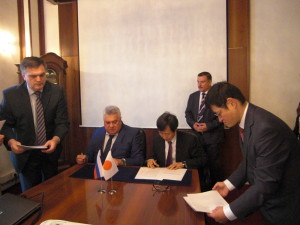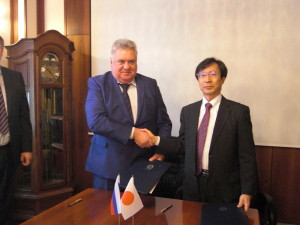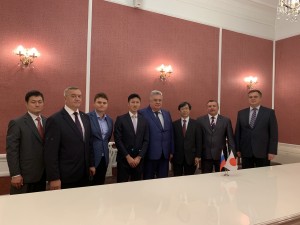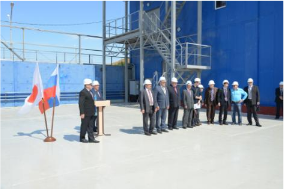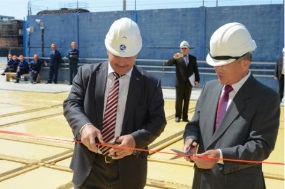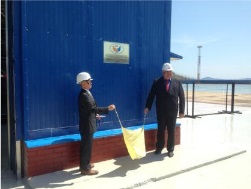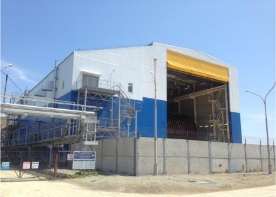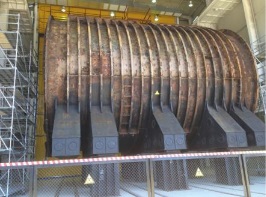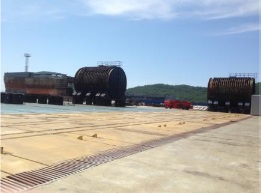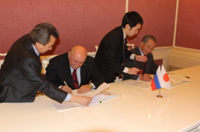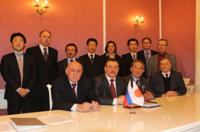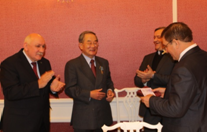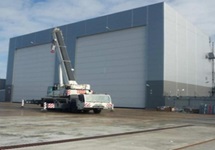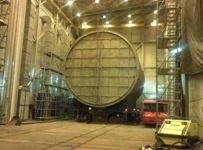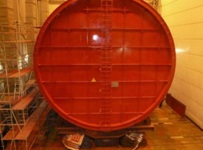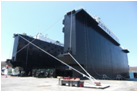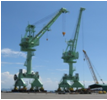August 9, 2024
Due to the termination of the “Agreement between the Government of Japan and the Government of the Russian Federation concerning Cooperation to Assist the Destruction of Nuclear Reduced in the Russian Federation and the Establishment of a Committee on this Cooperation” done on and took effect on October 13, 1993, the Technical Secretariat of Japan-Russia Committee on Cooperation for the Destruction of Nuclear Weapons Reduced in Russian Federation has winded up its activities and dissolved.
Taking this opportunity, we would like to extend our sincere appreciation to our partners for their continued cooperation and support during the mandate of the Japan-Russia Committee.
